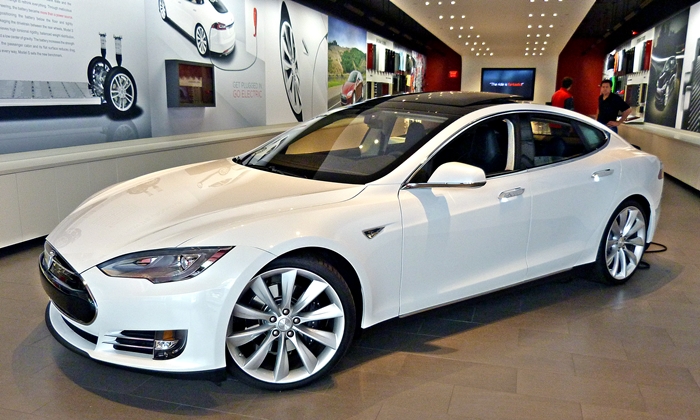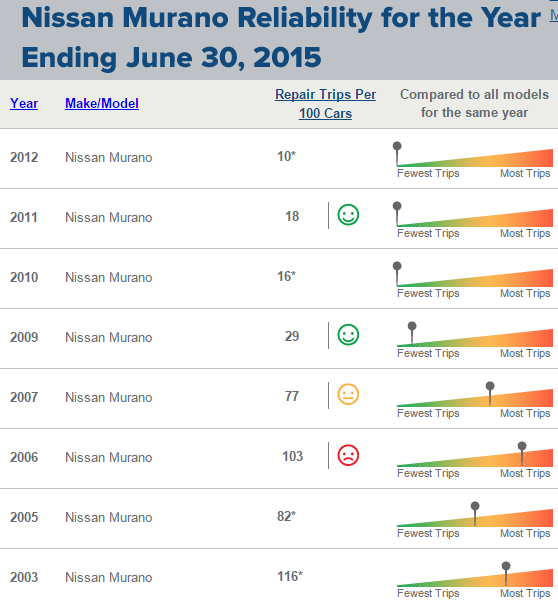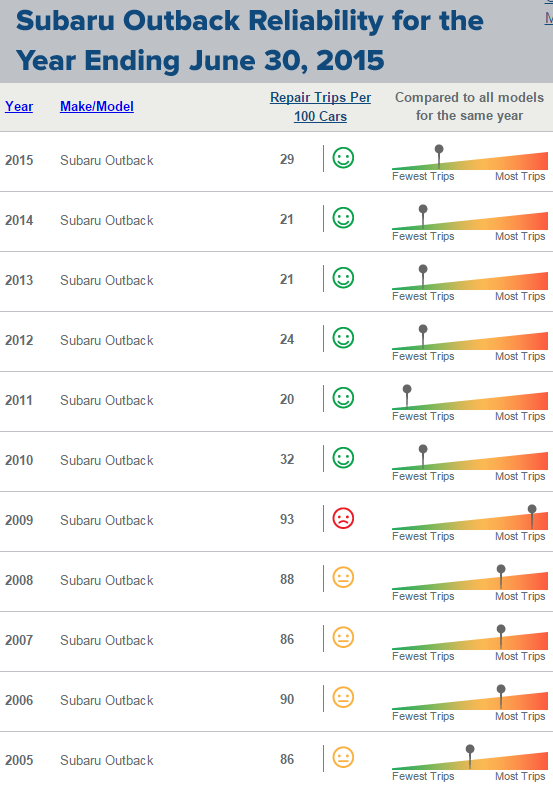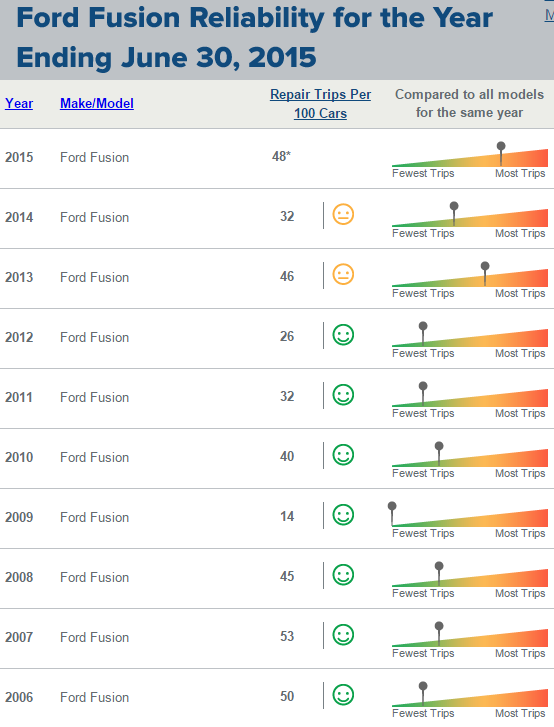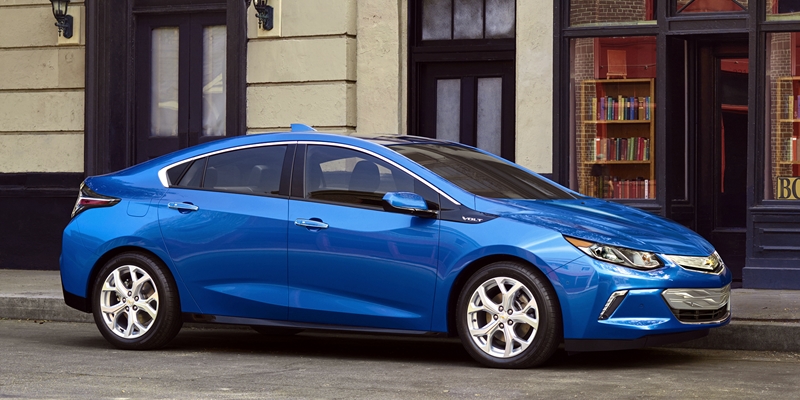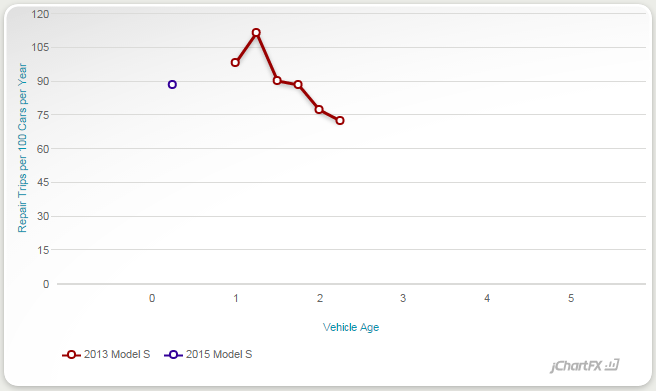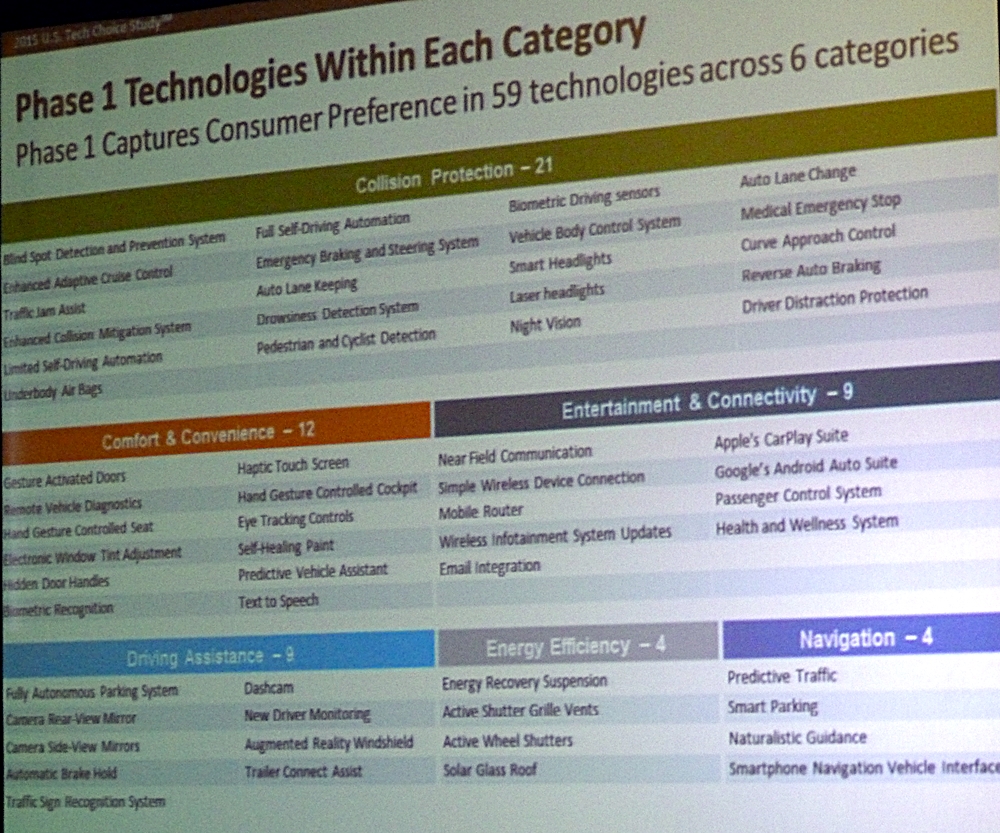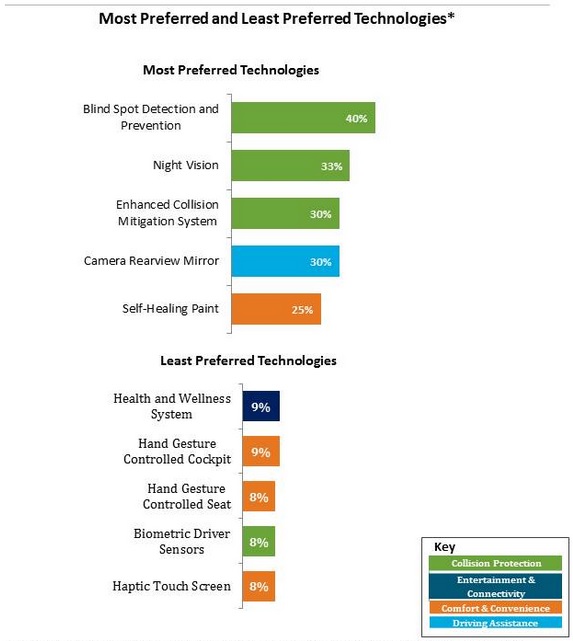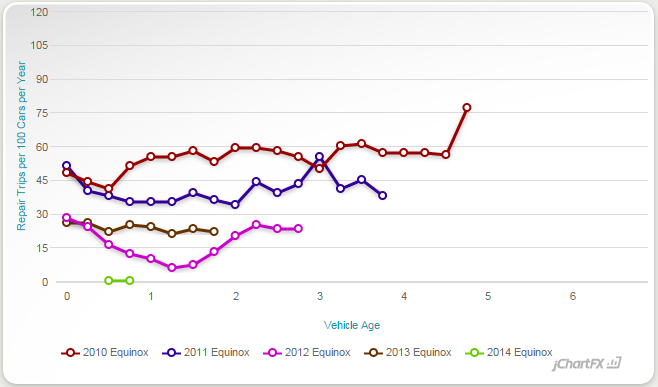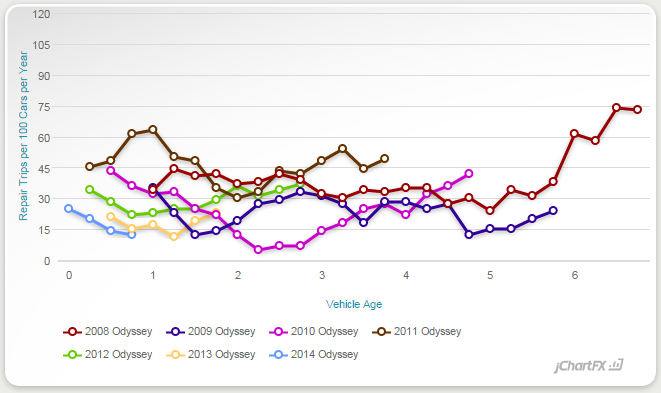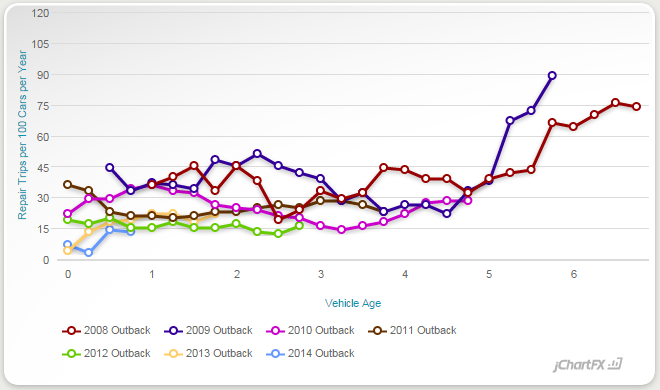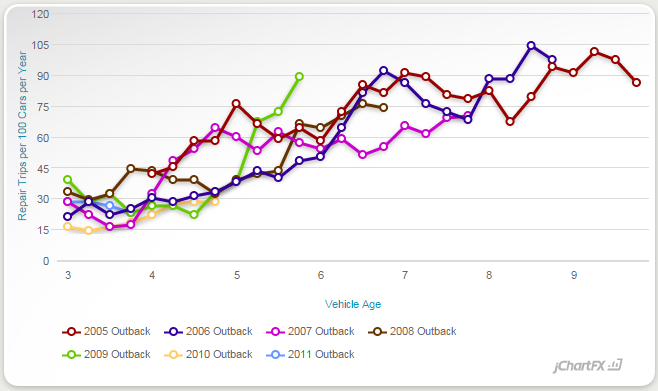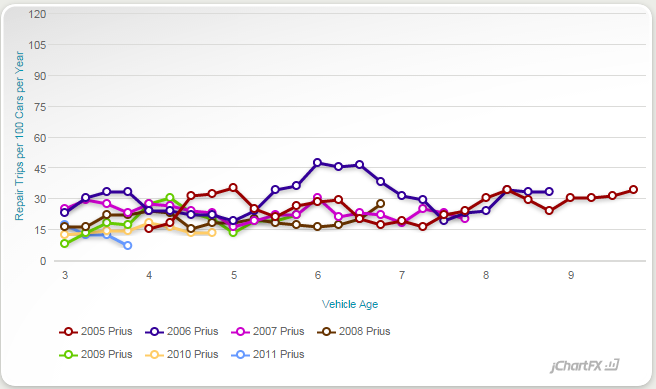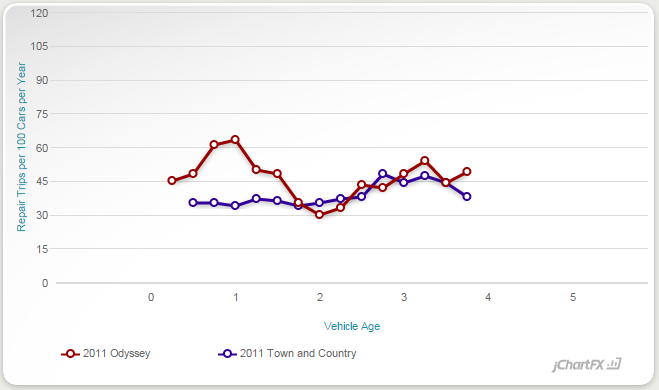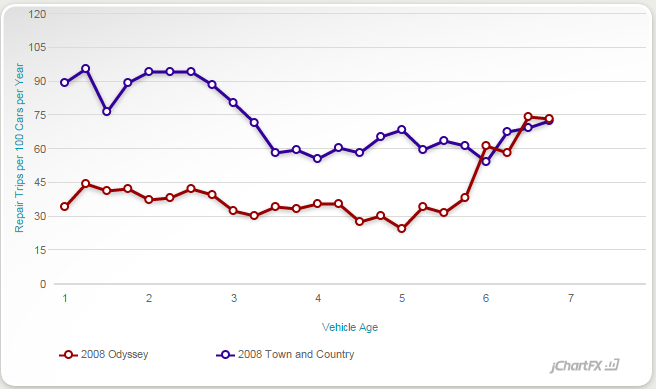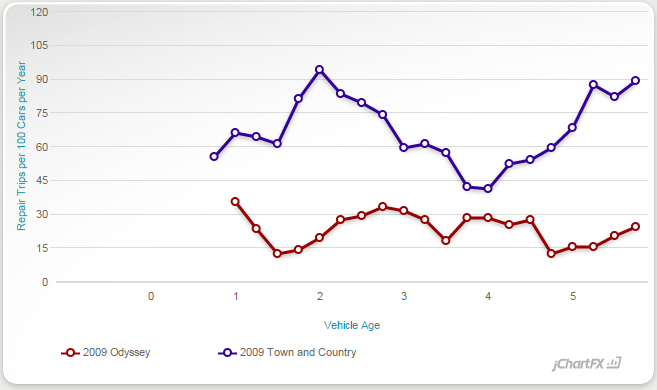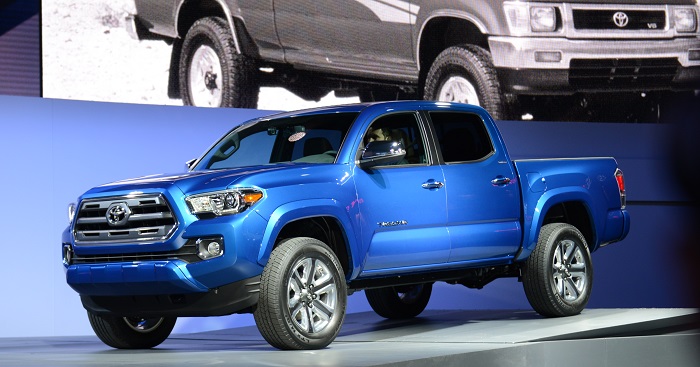Consumer Reports released their updated reliability ratings today in a presentation to the Detroit-based Automotive Press Association (APA). Their presentation highlighted infotainment systems and new transmission designs as key sources of problems in recently redesigned cars. Problems with both are often resolved with software updates. But in the case of new transmissions, all too often hardware and even the entire transmission must be replaced.
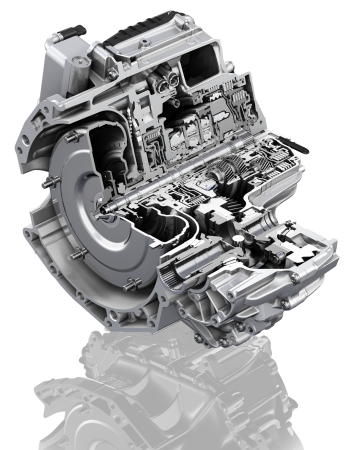 Transmissions identified as especially trouble-prone include the nine-speed ZF automatic transmission (used in some Chryslers, Jeeps, Fiats, Hondas, Acuras, and Land Rovers), the six-speed dual-clutch automated manual transmission (DCT) used in the Ford Fiesta and Focus, the eight-speed DCT used in the Acura ILX and TLX, and the continuously variable transmission (CVT) used in the latest Nissan Altima, Pathfinder, and Infiniti QX60. If these transmissions remain unreliable after the warranties end, the cars with them will be especially bad bets as used cars. A while ago I personally stopped recommending the Ford Fiesta and Focus to anyone buying an automatic, and major repairs to the DCTs in these have been climbing based on responses to TrueDelta’s survey. In contrast, problems with the ZF nine-speed automatic might have peaked last spring, and its reliability could improve in the future. Or not.
Transmissions identified as especially trouble-prone include the nine-speed ZF automatic transmission (used in some Chryslers, Jeeps, Fiats, Hondas, Acuras, and Land Rovers), the six-speed dual-clutch automated manual transmission (DCT) used in the Ford Fiesta and Focus, the eight-speed DCT used in the Acura ILX and TLX, and the continuously variable transmission (CVT) used in the latest Nissan Altima, Pathfinder, and Infiniti QX60. If these transmissions remain unreliable after the warranties end, the cars with them will be especially bad bets as used cars. A while ago I personally stopped recommending the Ford Fiesta and Focus to anyone buying an automatic, and major repairs to the DCTs in these have been climbing based on responses to TrueDelta’s survey. In contrast, problems with the ZF nine-speed automatic might have peaked last spring, and its reliability could improve in the future. Or not.
Looking at reliability by brand, Consumer Reports once again singled out Fiat Chrysler Automobiles (FCA), with the Fiat brand “off the charts” with reliability 177 percent worse than the average and Jeep, Ram, Dodge, and Chrysler also at the bottom. The Fiat 500L was the least reliable car model. Lexus and Toyota were the two most reliable brands, followed by Audi (much better than a few years ago) and Mazda. I find Mazda’s performance (in our surveys as well as CR’s) especially impressive because they completely redesigned their cars and powertrains (including transmissions) during the model years in question.
The full ranking (except for Tesla, which would have been between Acura and GMC with a -43):
Where TrueDelta’s rankings differ from CR’s, one of three factors is usually responsible:
1. We ask people to report all repairs, not just problems they “considered serious.” The latter approach yields a blend of reliability, satisfaction with the car, and satisfaction with dealer service. Cars with high owner satisfaction tend to rank higher in CR’s results.
2. We exclude repairs that are software-only. These are probably the majority of transmission and infotainment system repairs. Cars with many software-related issues tend to rank lower in CR’s results.
3. Over the course of the year, our results are, on average, nearly nine months ahead of CR’s. With the update, they’re only a couple months behind our current release (most recent survey in April vs. June of this year). But they won’t update again until next October while we update every three months. If a car’s reliability dramatically worsens or improves, this will be reflected sooner in our results.

